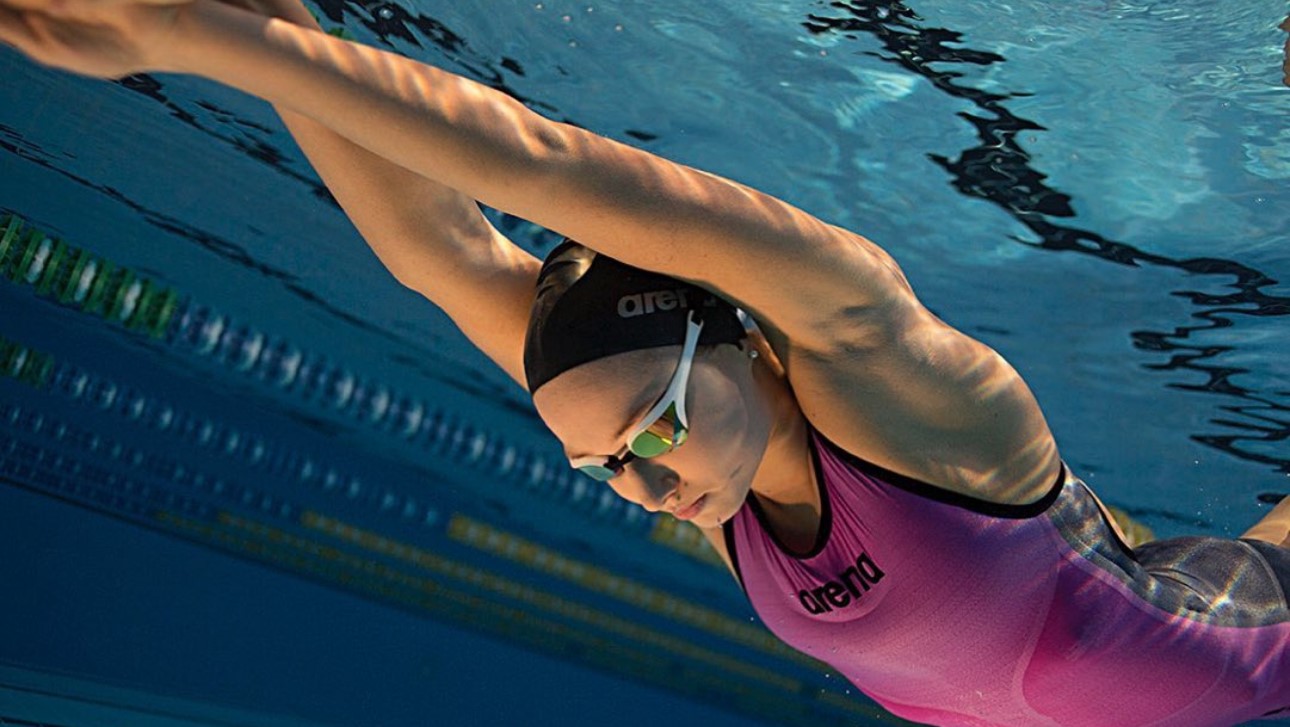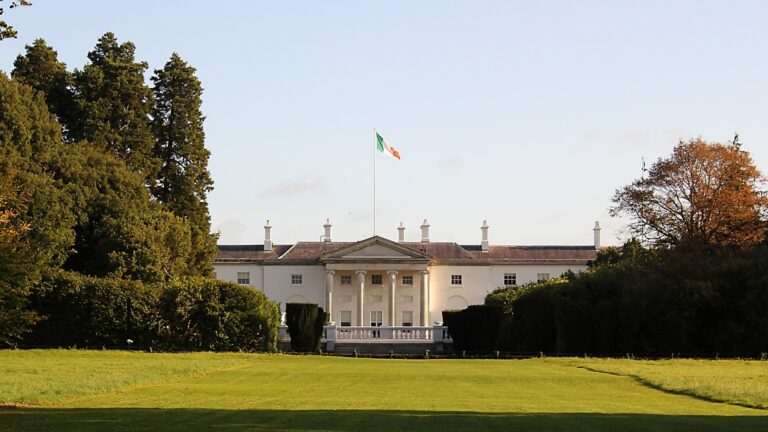As a former athlete, I felt an overwhelming sense of relief and validation when I heard that Donald Trump had signed the ‘No Men in Women’s Sports’ executive order in the East Room of the White House. This executive action, a major fulfilment of one of Trump’s 2024 campaign promises, prohibits transgender women from competing in women’s sports under Title IX and threatens federal funding to schools that do not comply with the order. For many, this is a political move. For me, and many female athletes, this is personal.

I still vividly remember 2022, when my sport—swimming—was at the centre of the Lia Thomas controversy. I was in the middle of my college career at the University of South Carolina, training with my team and pushing my limits every single day, when suddenly the reality of women’s sports changed. I remember the confusion, the frustration, and the conversations in the locker room. We didn’t know how to process it. We worked for years, swimming lap after lap, fighting for tenths of a second, only to have an unfamiliar name appear and instantly dominate. In swimming, people don’t just appear out of nowhere and become the best—it takes years of relentless dedication. But suddenly I felt that the rules of fairness no longer applied.
That is why this executive order matters. The regulation, entitled Keeping Men Out of Women’s Sports, was signed by Trump on National Girls and Women in Sports Day—a powerful message in itself. He was joined by female athletes and advocates like Riley Gaines, who, just like me, knows what it feels like to put her heart into a sport only to see that fairness is challenged. The order is clear: schools that violate the ban are not in compliance with Title IX and could lose federal funding. The ruling also sets the stage for broader action, influencing organizations such as the NCAA and the International Olympic Committee. White House Press Secretary Karoline Leavitt emphasized that the administration is prepared to enforce these protections at the state level, ensuring that female athletes are not left to fight this battle alone.
Of course, critics argue that this policy is discriminatory, citing research on hormone therapy for transgender athletes. But here is what I’ve seen firsthand: despite the controversy around science and policy, the reality for female athletes has not changed. The strength, stamina, and physical advantages we used to have remain. I witnessed girls, friends, and teammates break down in tears because they knew that their years of hard work might never give them a fair chance to win.
For me, this isn’t about politics. It’s about the young girl who gets up at 5 in the morning for training, hoping that one day her hard work will be enough. It’s about the secondary school swimmer dreaming of a scholarship, the college athlete giving her all for her final season. This executive order is a step toward ensuring that female athletes—past, present, and future—don’t have to question whether their chances are truly equal.
Today is a great day for women’s sports.
Related articles:








